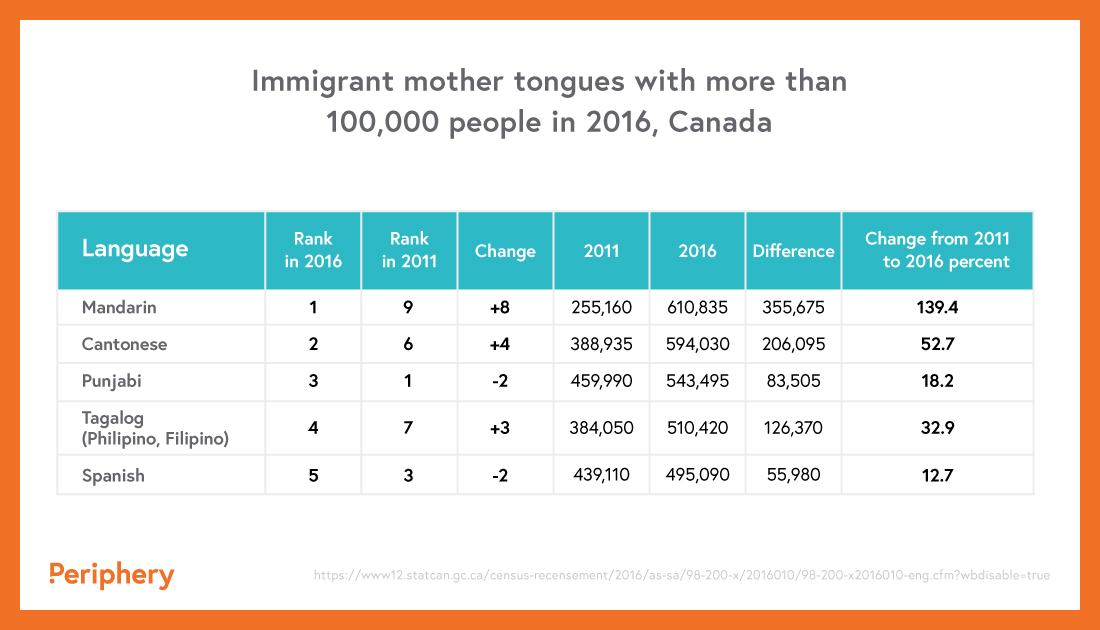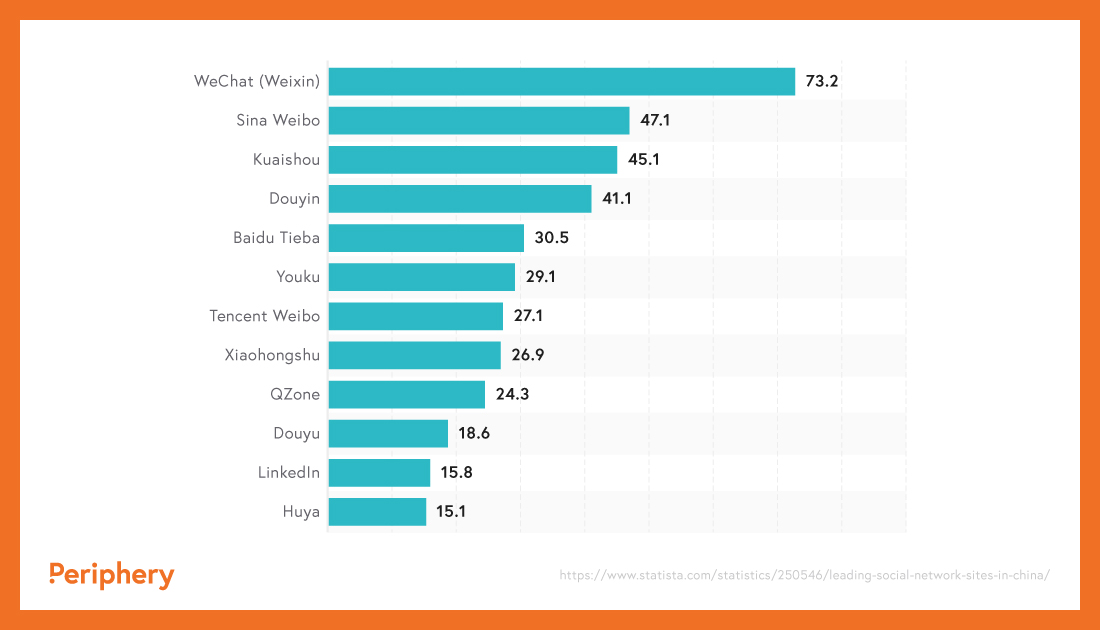This blog series aims to explore Canada’s Chinese marketing landscape in detail, from population and immigration statistics to the pros and cons of channels both online and offline. Each post will be based upon a single subject and provide facts and strategies about the lucrative opportunities available for companies to break into a new market and see great success.
You’re far more likely to be interested in a company’s offerings if you’re reading their marketing materials in your native language. If you aren’t bilingual, you’d just be looking at pretty pictures.
To translate your marketing materials, you might think it’s as simple as copy and pasting a direct translation from Google Translate, but not so! It’s entirely possible the direct translation could have an entirely different meaning than you intended. Which at best makes you look tone-deaf and out of touch, and at worst, offensive and damaging to your reputation. Thus it is extremely important to conduct research prior to distributing anything in a new language.
Take Parker Pens for example, who wanted to expand to the Latin American market. Their ad demonstrated a non-Parker Pen leaking through a pocket. The slogan, “Avoid embarrassment — use Parker Pens,” was translated to Spanish and instead read “Avoid pregnancy — use Parker Pens.”
Another blunder came from Nike, where they released a pattern on women’s sports gear that represented traditional male tattoos from the Southwest Pacific. Other than being seen as offensive, many in the community saw it as exploitative and insensitive to the culture of Samoa. A petition forced Nike to pull the product from shelves.
Whatever the cost of conducting cultural research and investing in professional translation services is, we’d bet it’s lower than the PR nightmare and lost sales these companies faced during this time. It goes without saying smaller companies who haven’t yet built a reputation would have a more difficult time bouncing back.
When marketing to the Chinese community, speaking their language and incorporating cultural elements is key. Maybe your business will not immediately begin posting advertisements in Mandarin or Cantonese, but it is nonetheless important to understand the mediums and forms to which Chinese consumers are most likely to respond.
The Importance of Language
When it comes to Chinese marketing, utilizing the correct ethnic language can play a huge role in hitting your engagement and conversion goals. When developing strategies for the community, it is important to take into consideration which language they will understand and react positively to. One study showed that Chinese immigrants are even more dependent on in-language advertisements than South Asian immigrants, citing them as being “more meaningful” overall.
Therefore, before diving into the specific marketing mediums, it is important to understand the two major spoken languages found within the Chinese community: Mandarin and Cantonese. Between these two languages, advertisers will have access to the vast majority of all Chinese consumers, both locally and in mainland China. While there are also numerous dialects and tribal languages spoken within China, Canadian business owners are unlikely to need to incorporate these in their marketing materials as they are very region-specific.
In terms of sheer volume of native speakers, Mandarin is the second most widely-spoken language worldwide behind English. While this has not traditionally been the case in Canada — most immigrants have traditionally come from Cantonese-speaking regions — more Mandarin-speaking immigrants are beginning to arrive. As of 2016, Mandarin speakers numbered 610,835 and Cantonese speakers at 594,030.

Culture Considerations
Culture is crucial for brands to consider when expanding to a new market. It is not wise to simply directly translate your marketing, slap your logo on it and call it a day. This practice will ensure you appear at best tone deaf, and at worst highly offensive. In both cases your materials won’t resonate with a Chinese audience, and you will be avoided.
Saving Face
Have you ever heard the expression ‘to save face’? This comes from the Chinese word for “face” (面子 or miànzi) which is a concept that means one’s degree of prestige, dignity, and honour in a social context. It can be described as a kind of ‘social currency’, and is deeply ingrained in Chinese culture, especially in business, making it a fundamental concept in the economy. This leads many people to pursue things that demonstrate their success, such as luxury items.
Building Connections
The concept of ‘face’ is directly related to the importance of connections (关系 or guānxì). In Chinese culture, successful business and moving up in one’s career relies on establishing deep personal connections with your partners, superiors, and colleagues. This builds trust over time, as many Chinese people are reluctant to have business relations with people they don’t know. Reciprocity is a key element of guānxì, meaning all favours and gifts received must be returned, building trustworthiness. This integrity in turn builds miànzi.
A collective mentality is widespread throughout Chinese culture, rather than the individualism usually seen in Western culture. This means that actions reflect on not only yourself but the group you are a part of, whether it be your family, workplace, community, and the nation as a whole. The group’s needs and desires come before the needs and desires of the individual.
Thus when considering your actions, especially when there are risks involved, it’s crucial to think about the potential consequences on the group as a whole rather than what might simply affect you.
Choosing the Right Promotional Channels
So how do companies reach these individuals? It goes without saying that while there is some overlap, the popular online channels differ depending on your location, culture, age, interests, and a whole host of other variables. That’s why it’s important to know your audience inside out, so you can reach them where they spend their time.
Share of internet users of the leading social media in China as of 3rd quarter 2020

The mediums a business utilizes when marketing to the Chinese community can be broken down into two main categories: online mediums and offline mediums. Some common online mediums include WeChat, Weibo, Baidu, Facebook, and Google. Offline mediums may include radio, print, out-of-home, and television.
Studies have shown that marketing to the Chinese demographic using online mediums is even more important than it is for the average Canadian. The average Chinese Canadian has 3.6 connected devices, 1.2 greater than the general population. They also spend the most time online, with and average of 24 hours a week, 7 hours greater than the general population. Additionally, Chinese consumers are more interested in personalized advertisements than their Western counterparts, with a whopping 79% believing ads are a good way for brands to communicate with them vs a 51% global average.
With this in mind, the next several posts will outline key online marketing platforms that Canadian businesses can use to reach the Chinese consumer demographic. Stay tuned!



